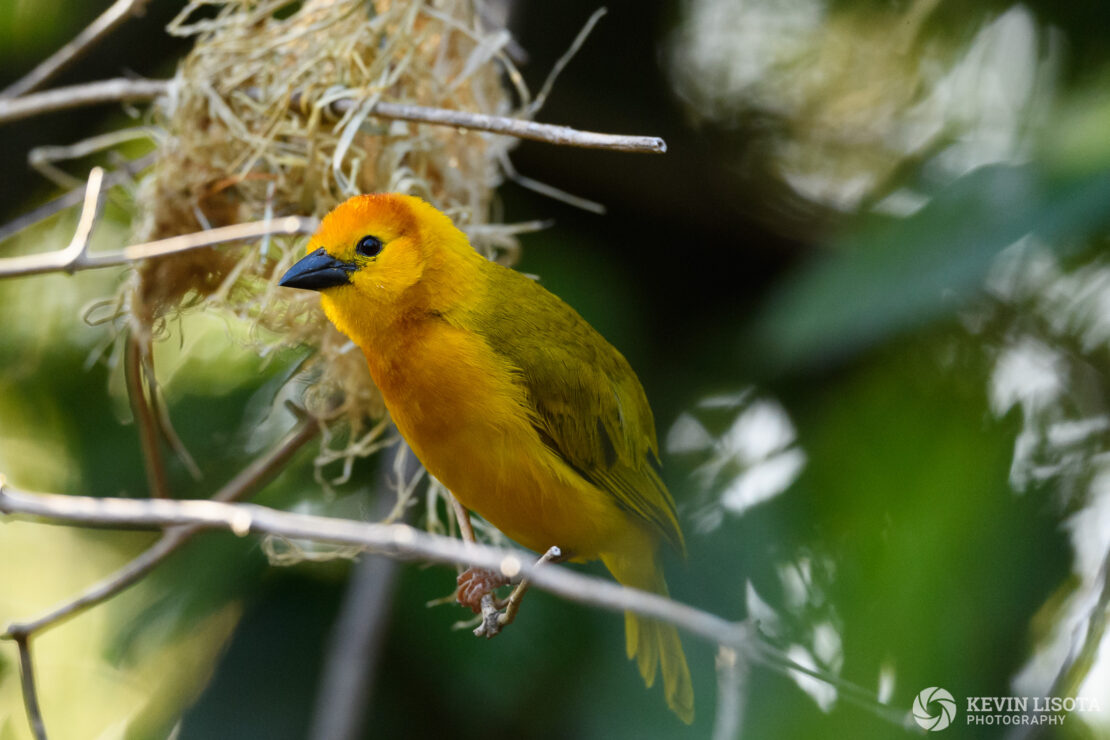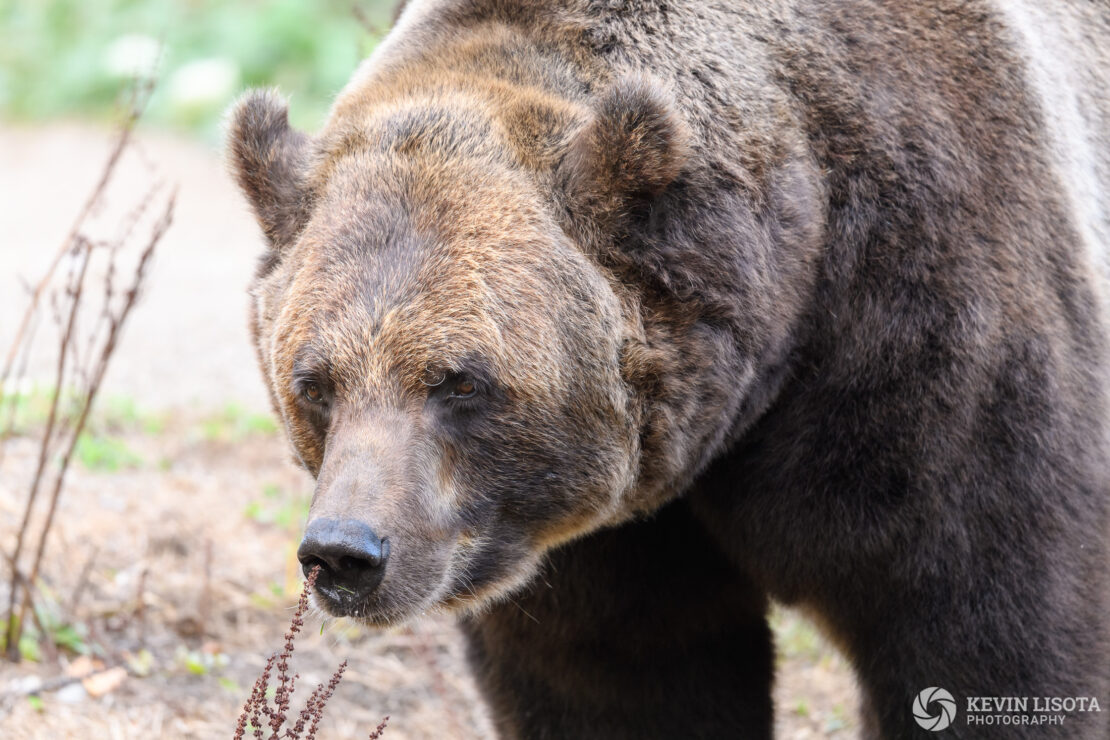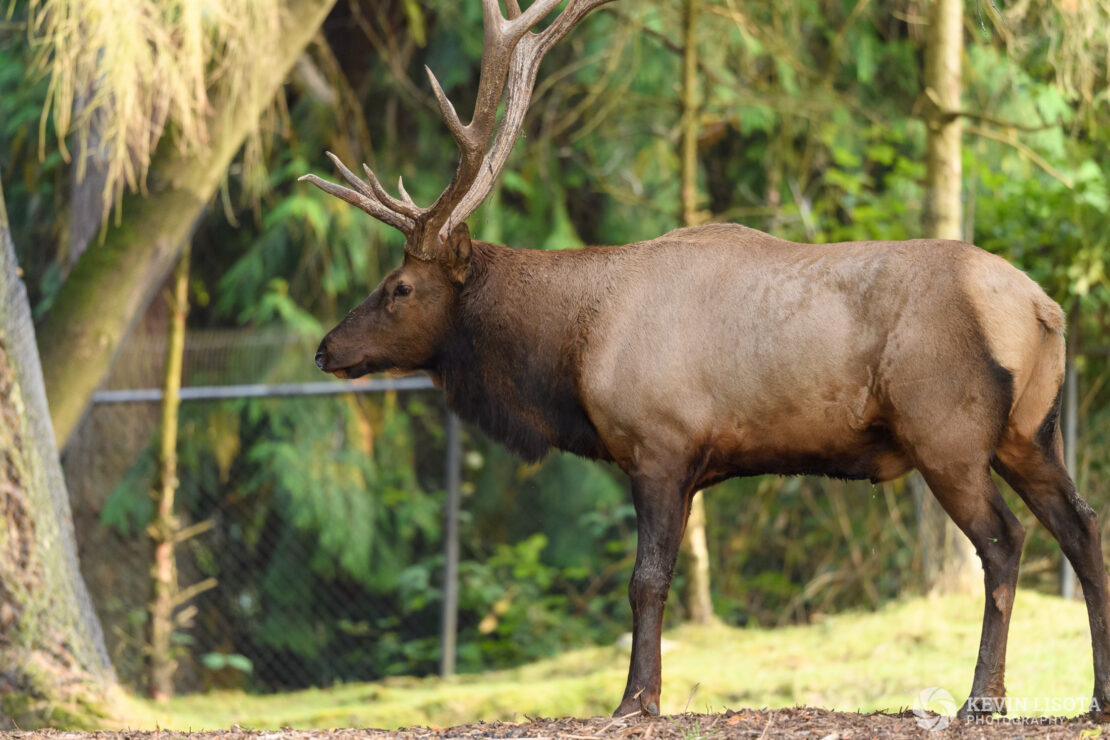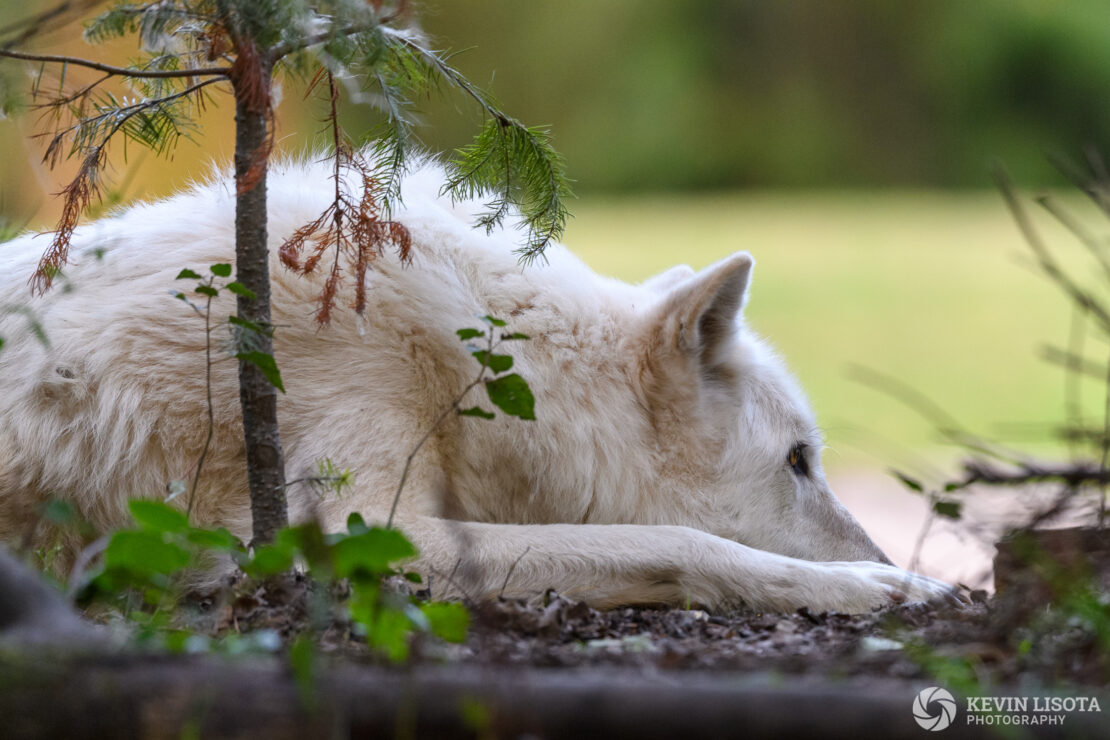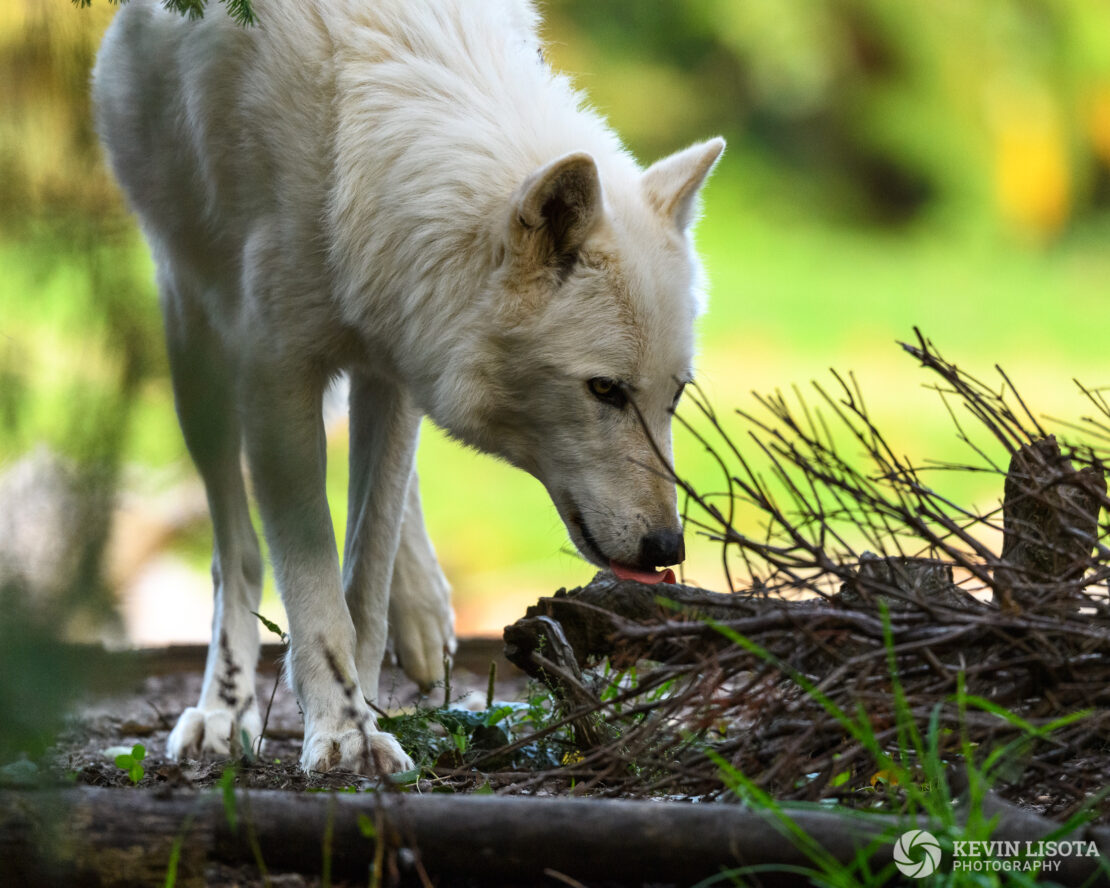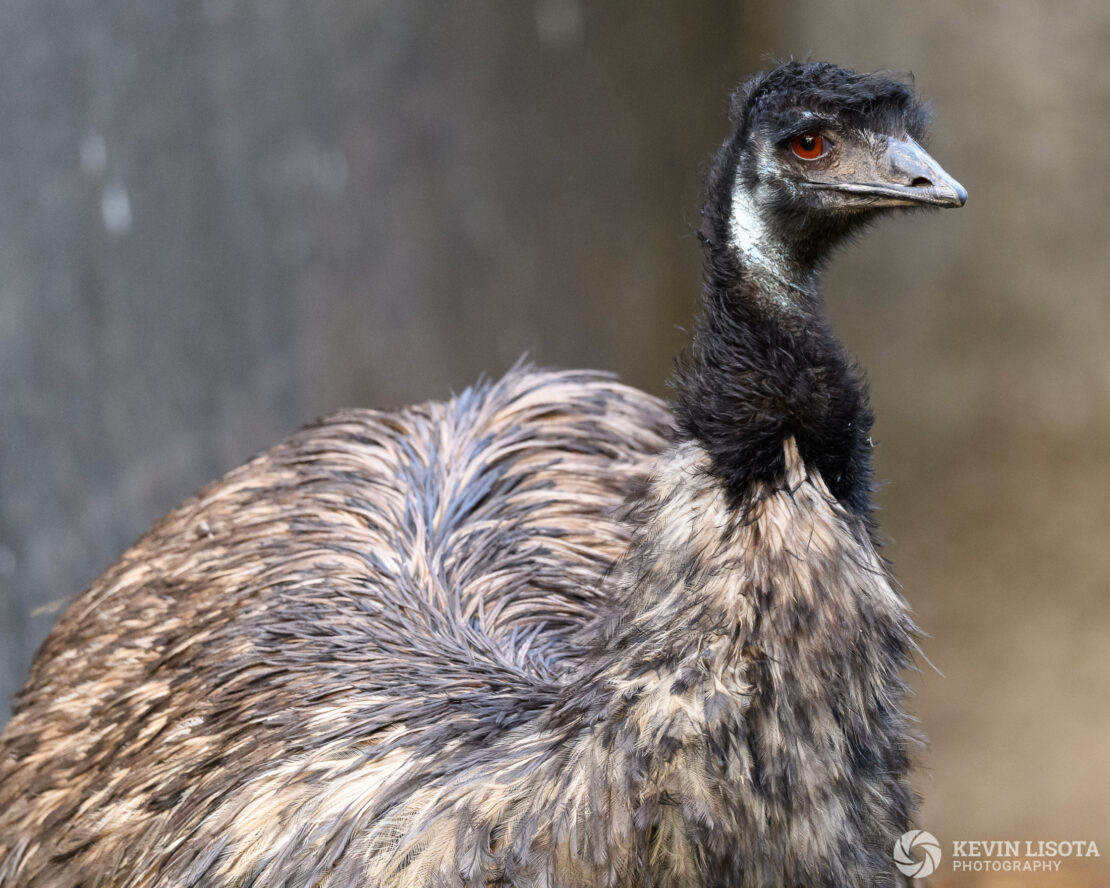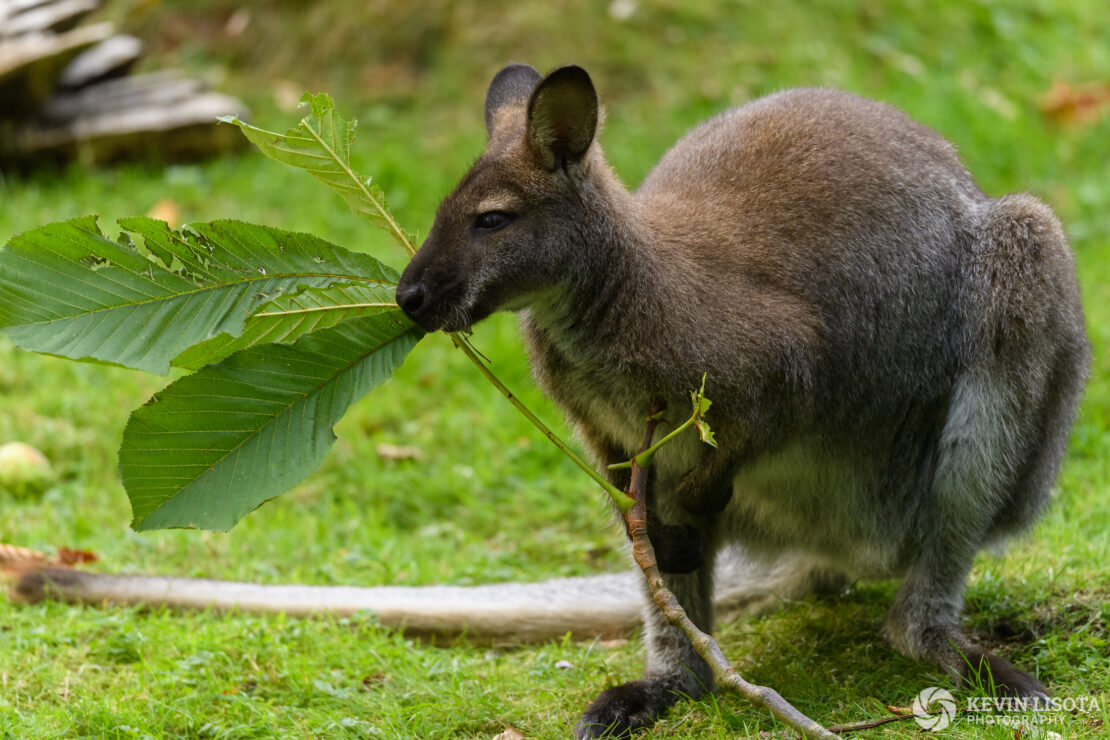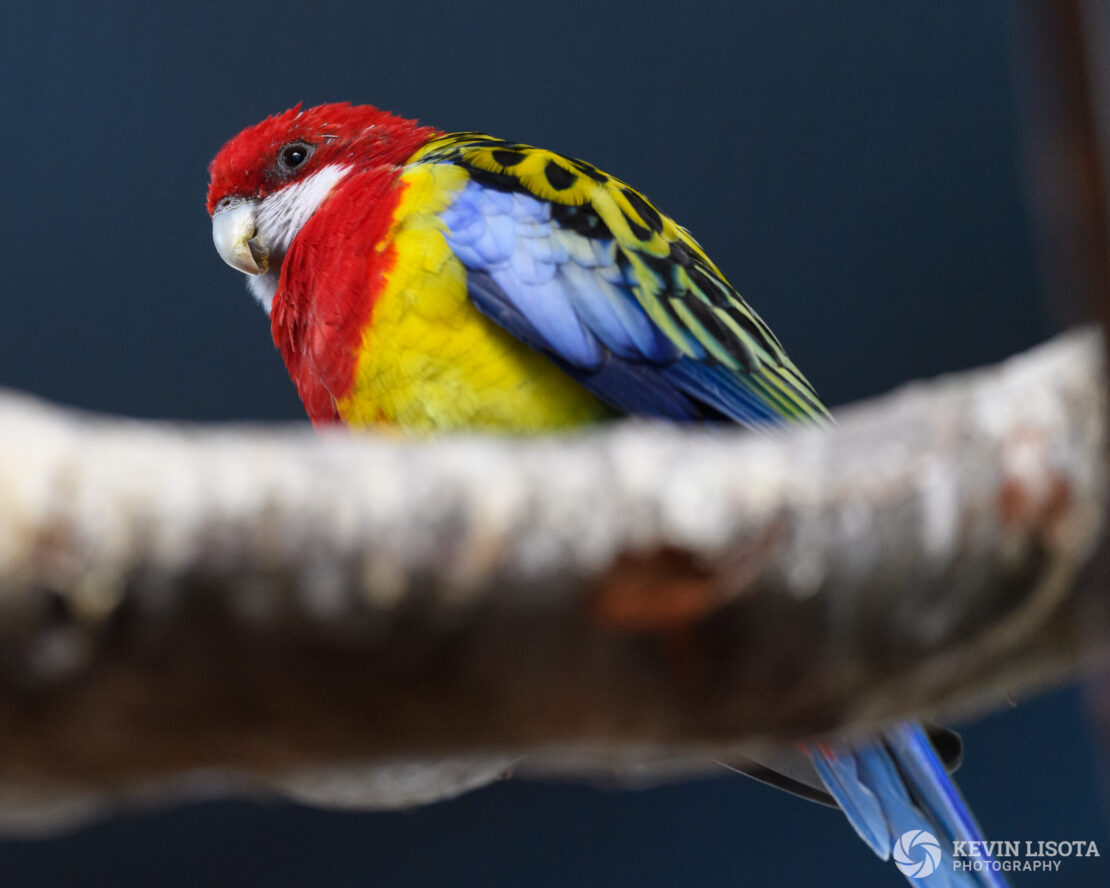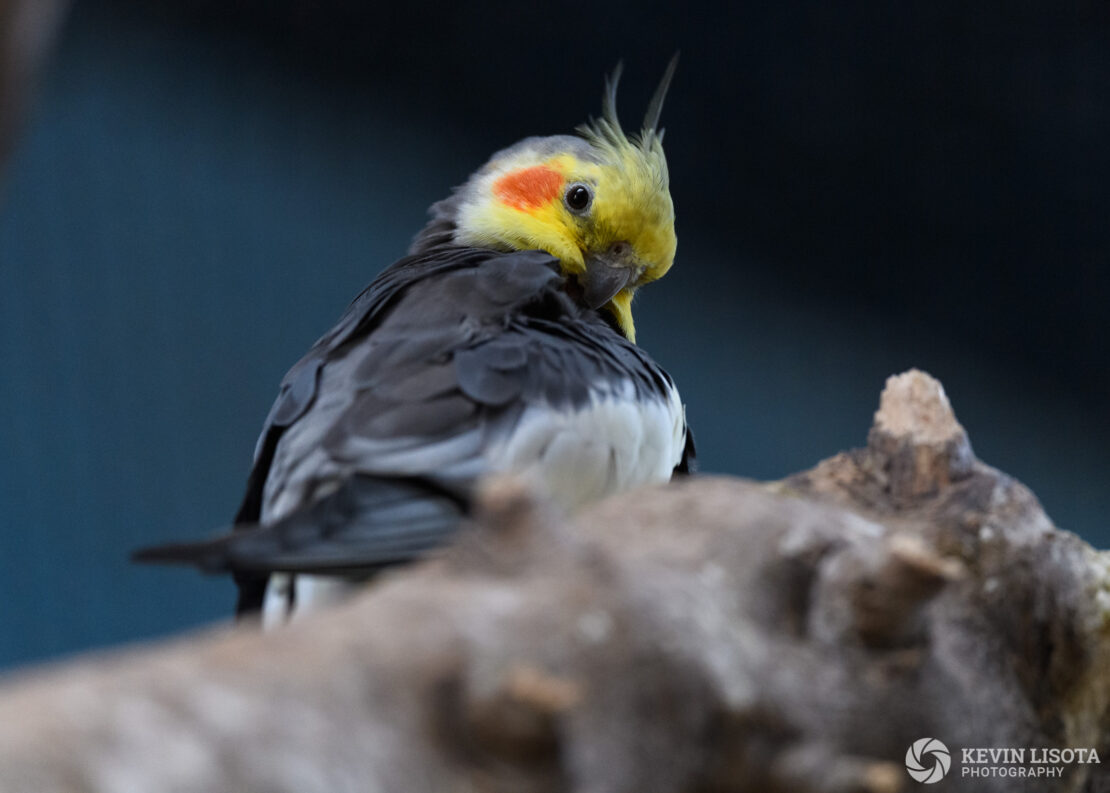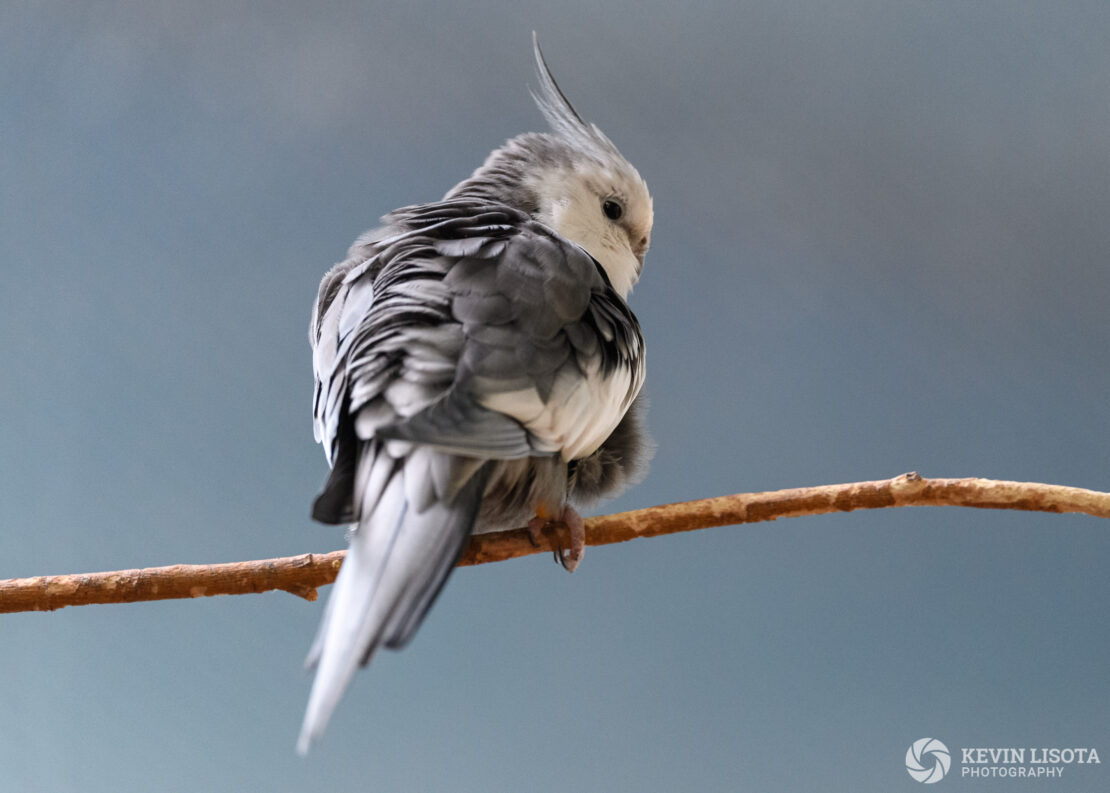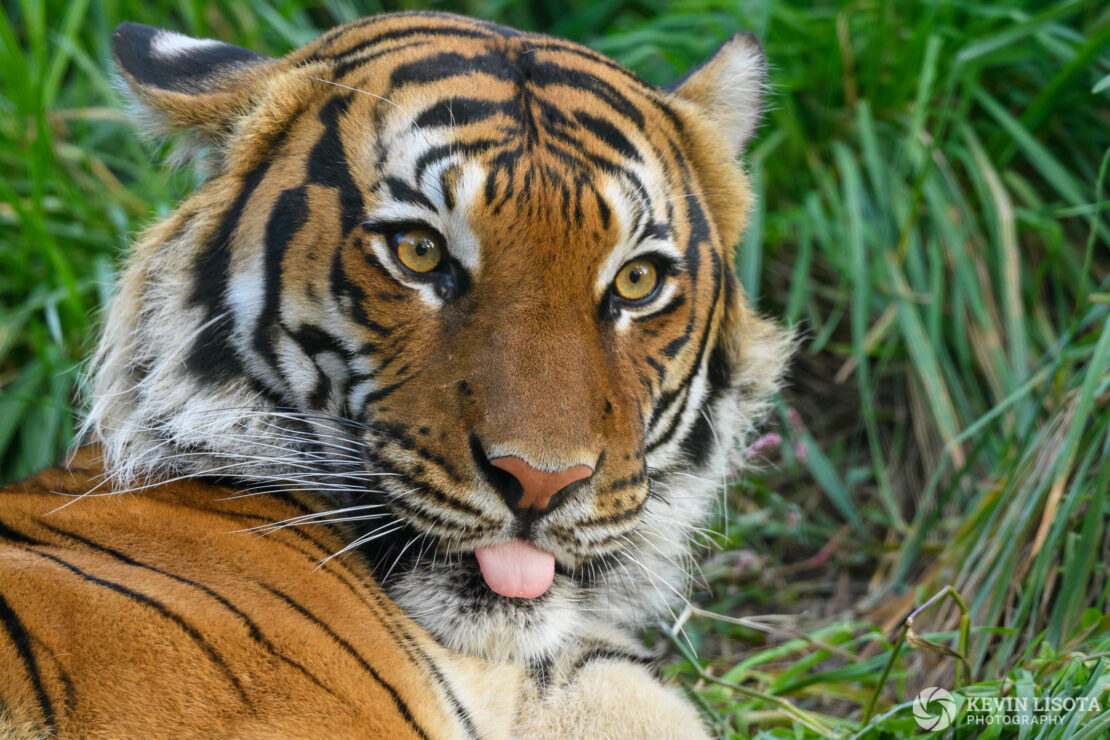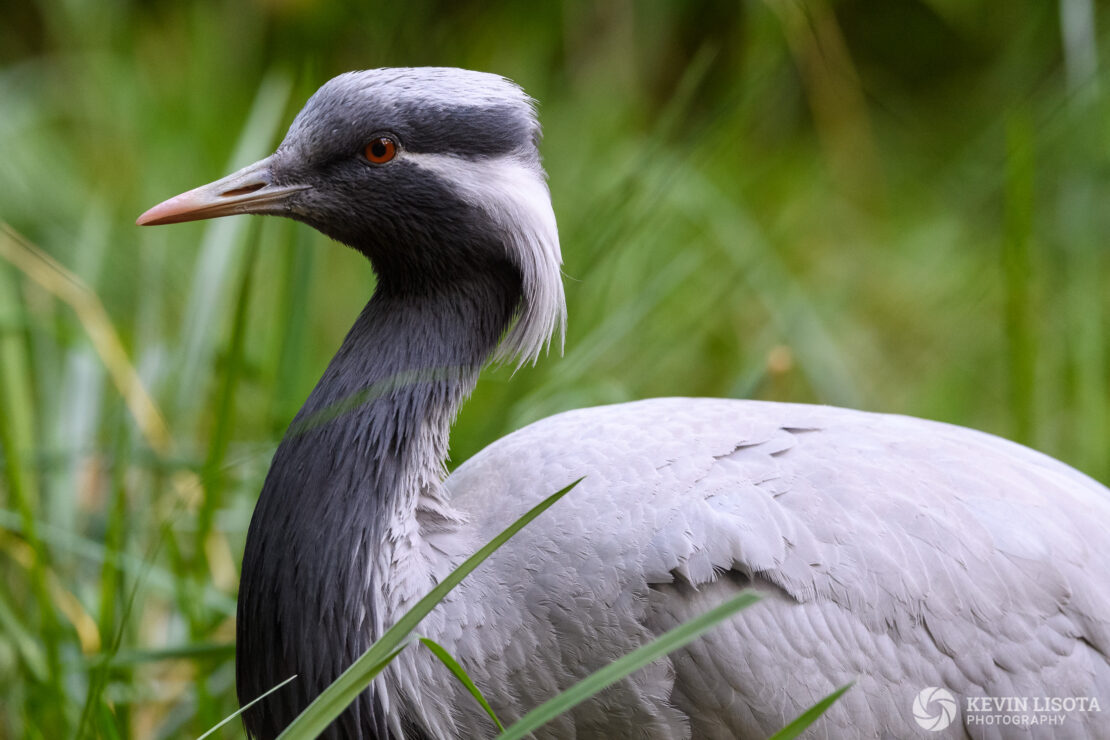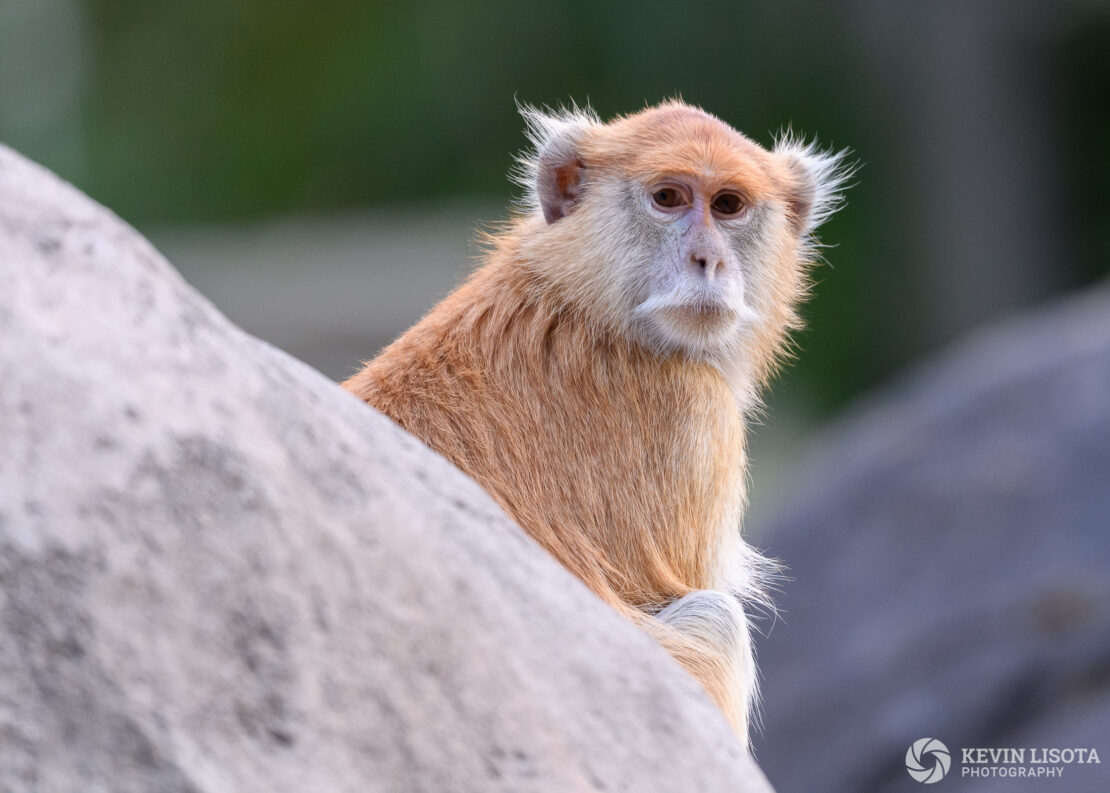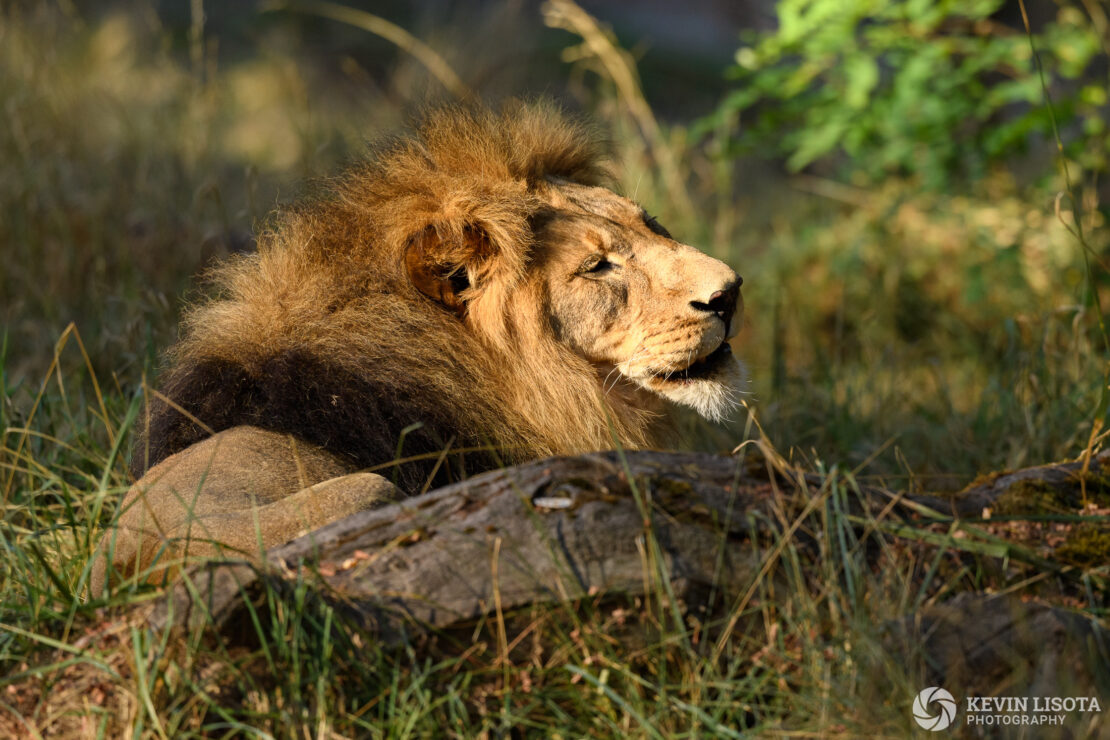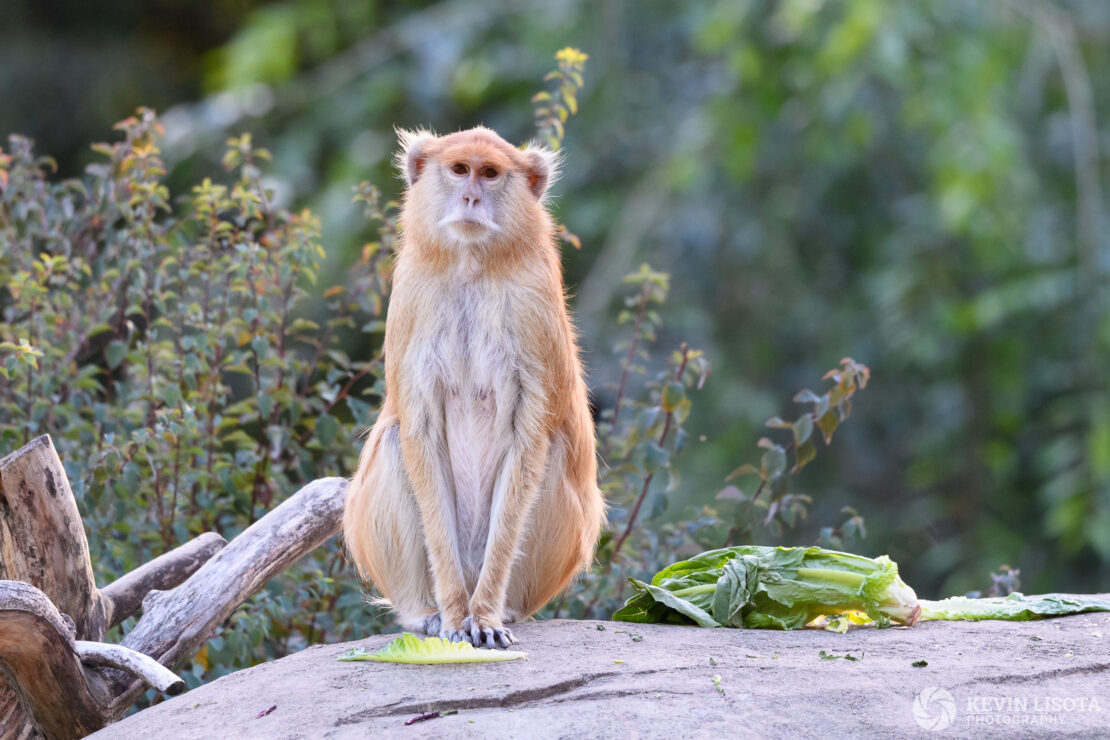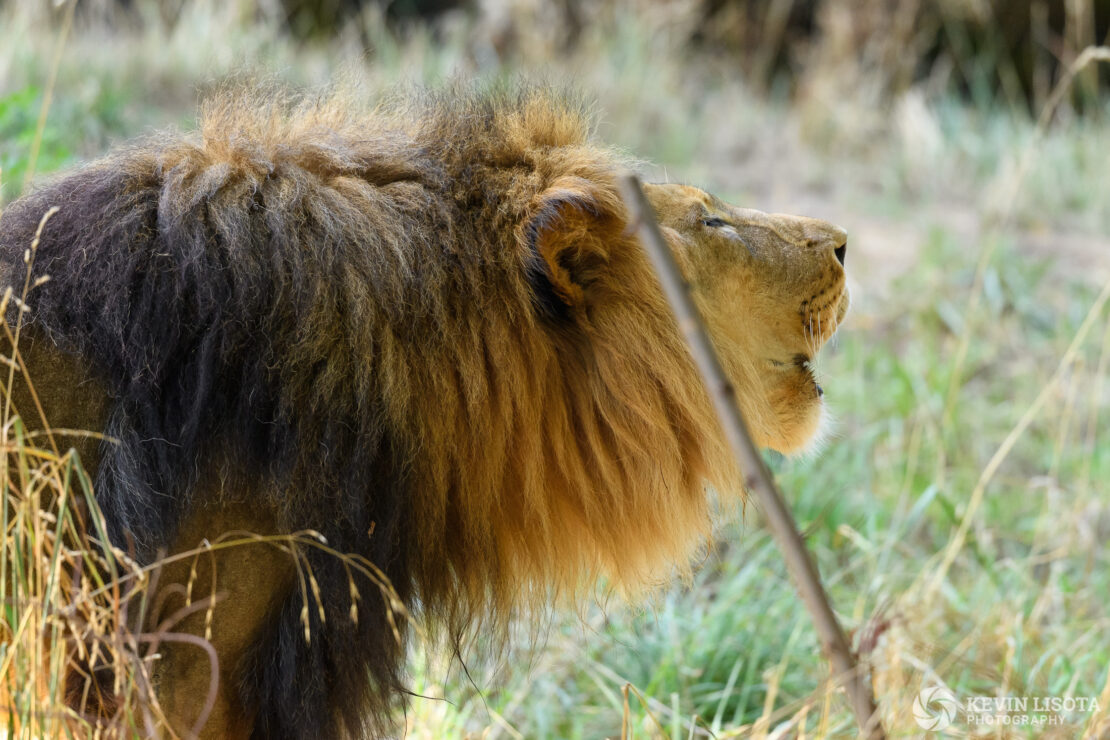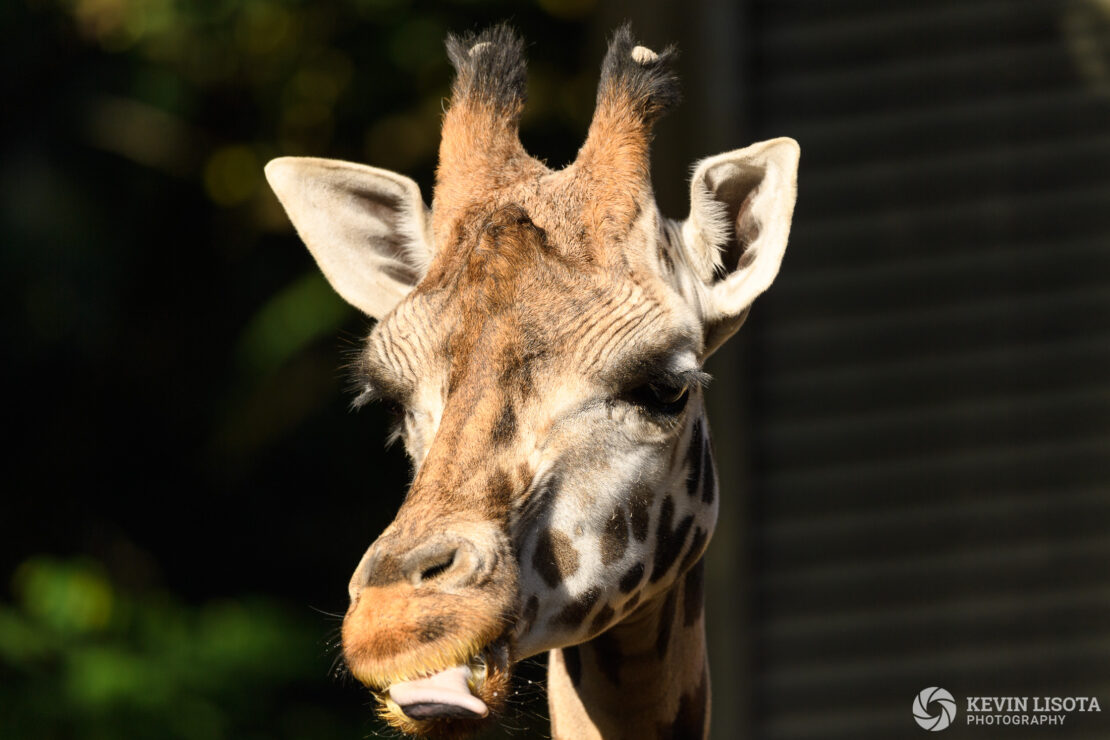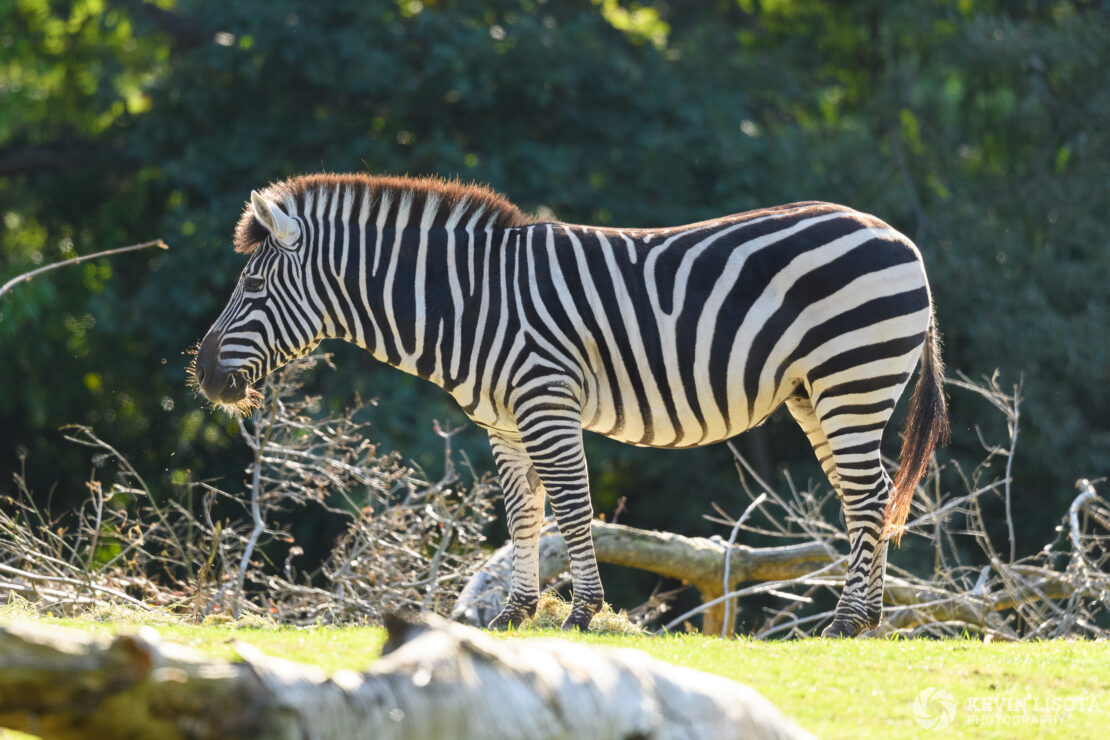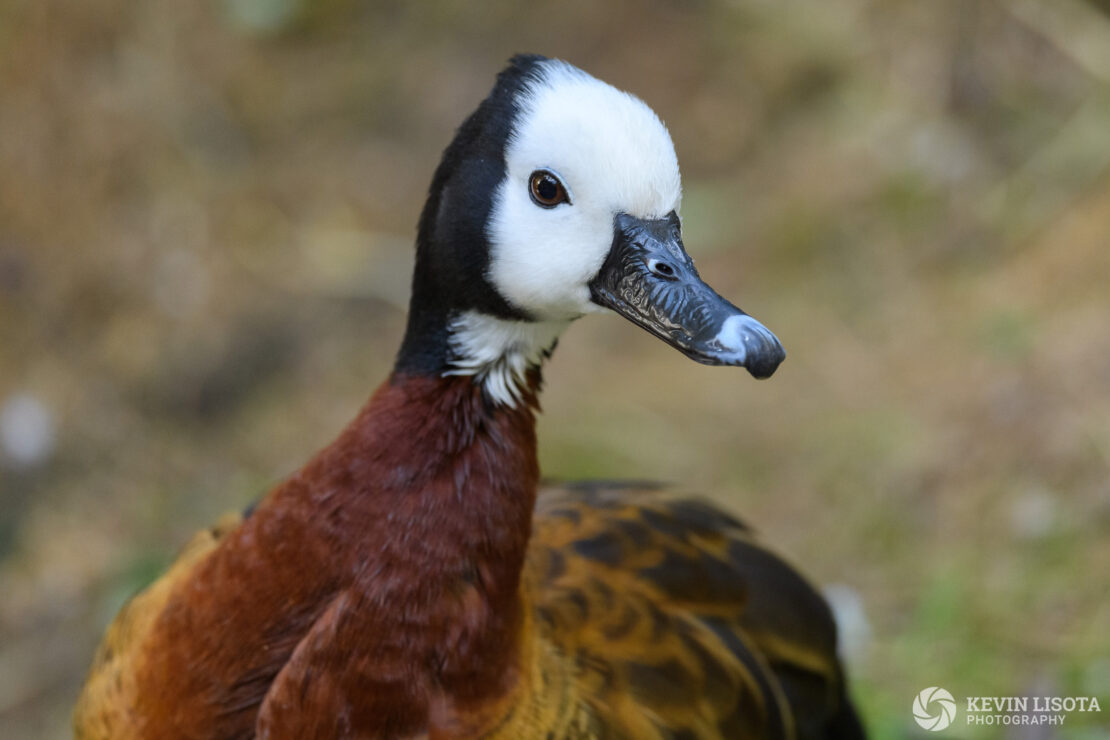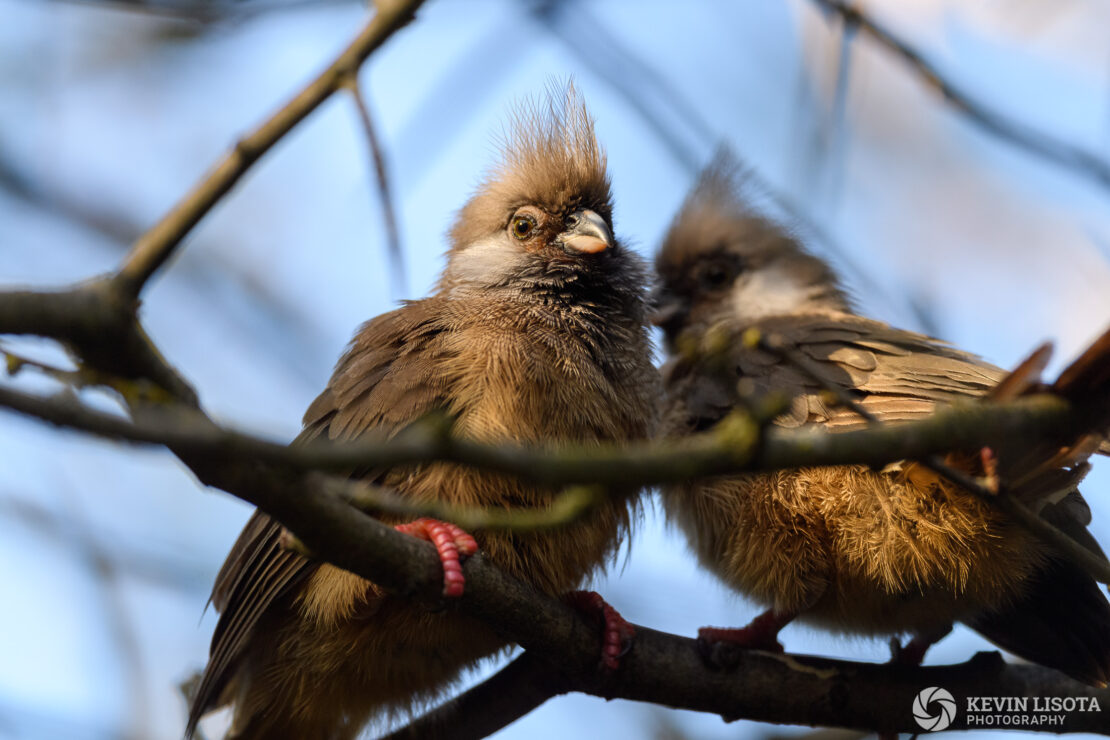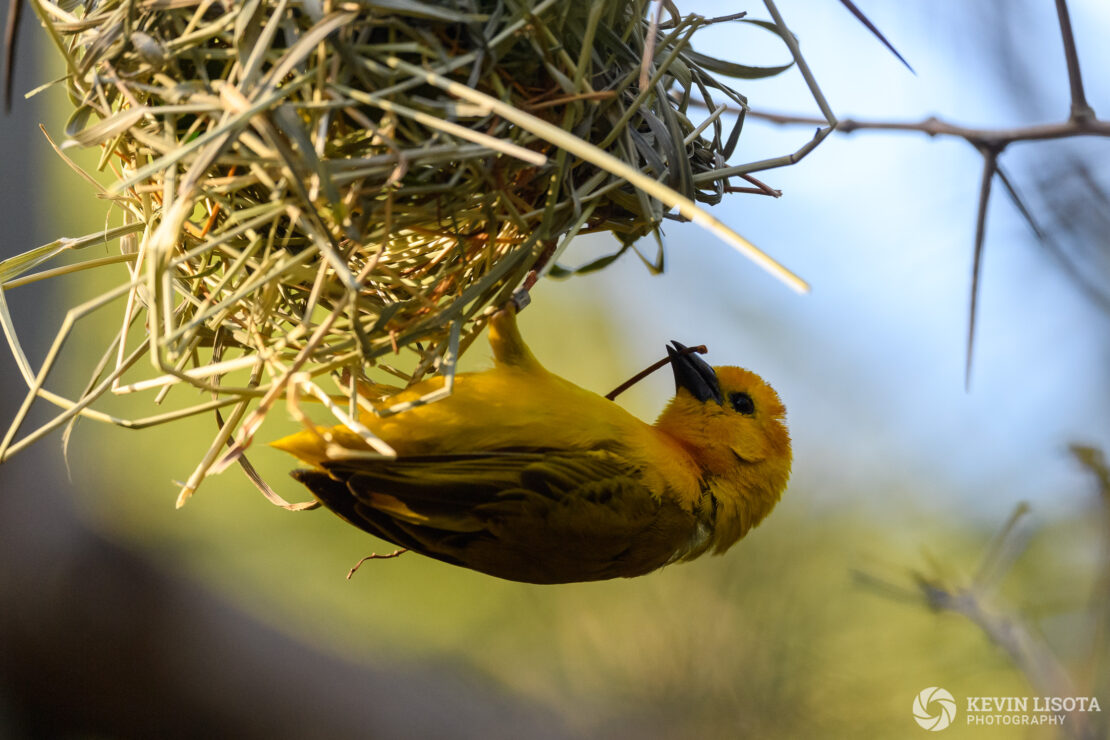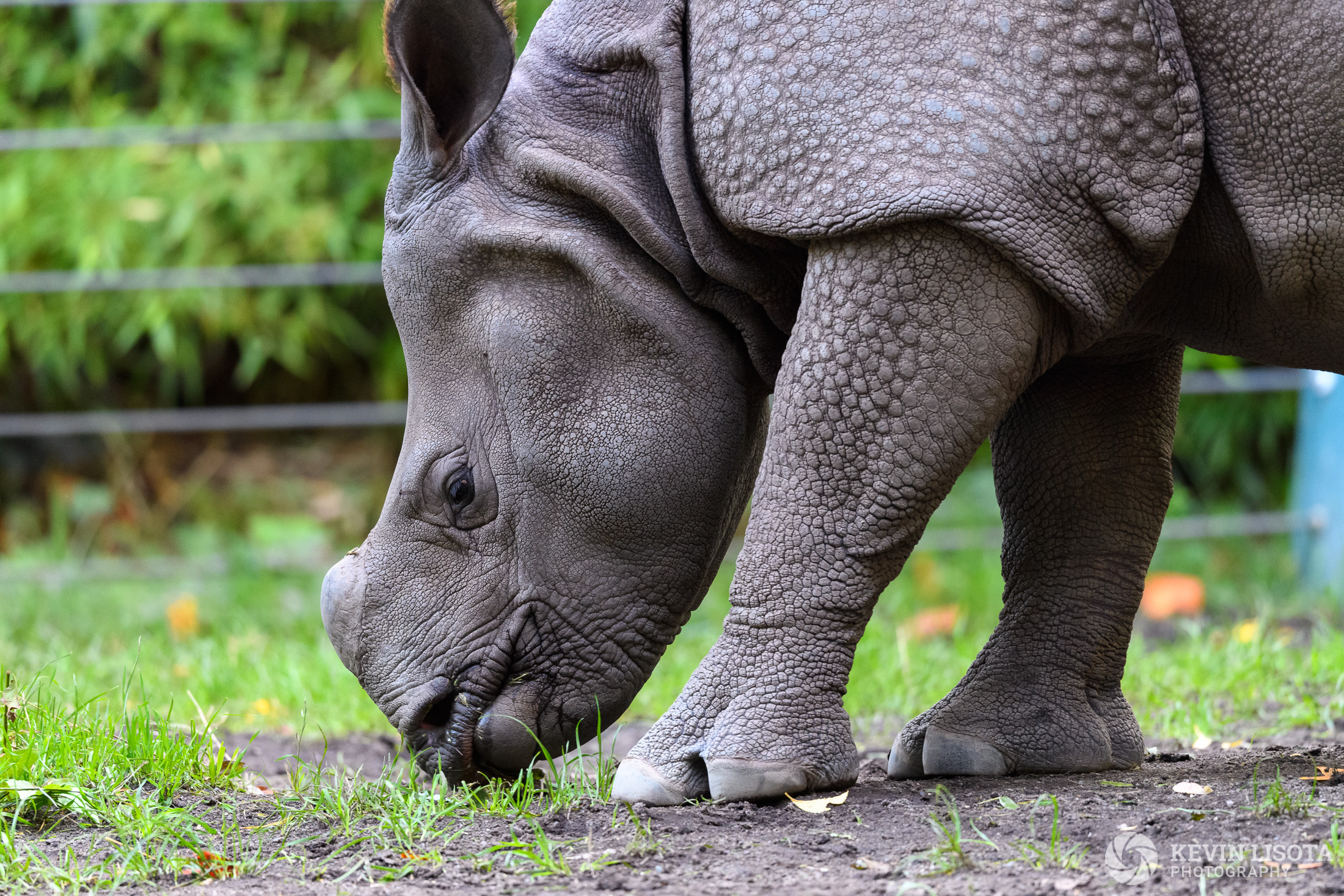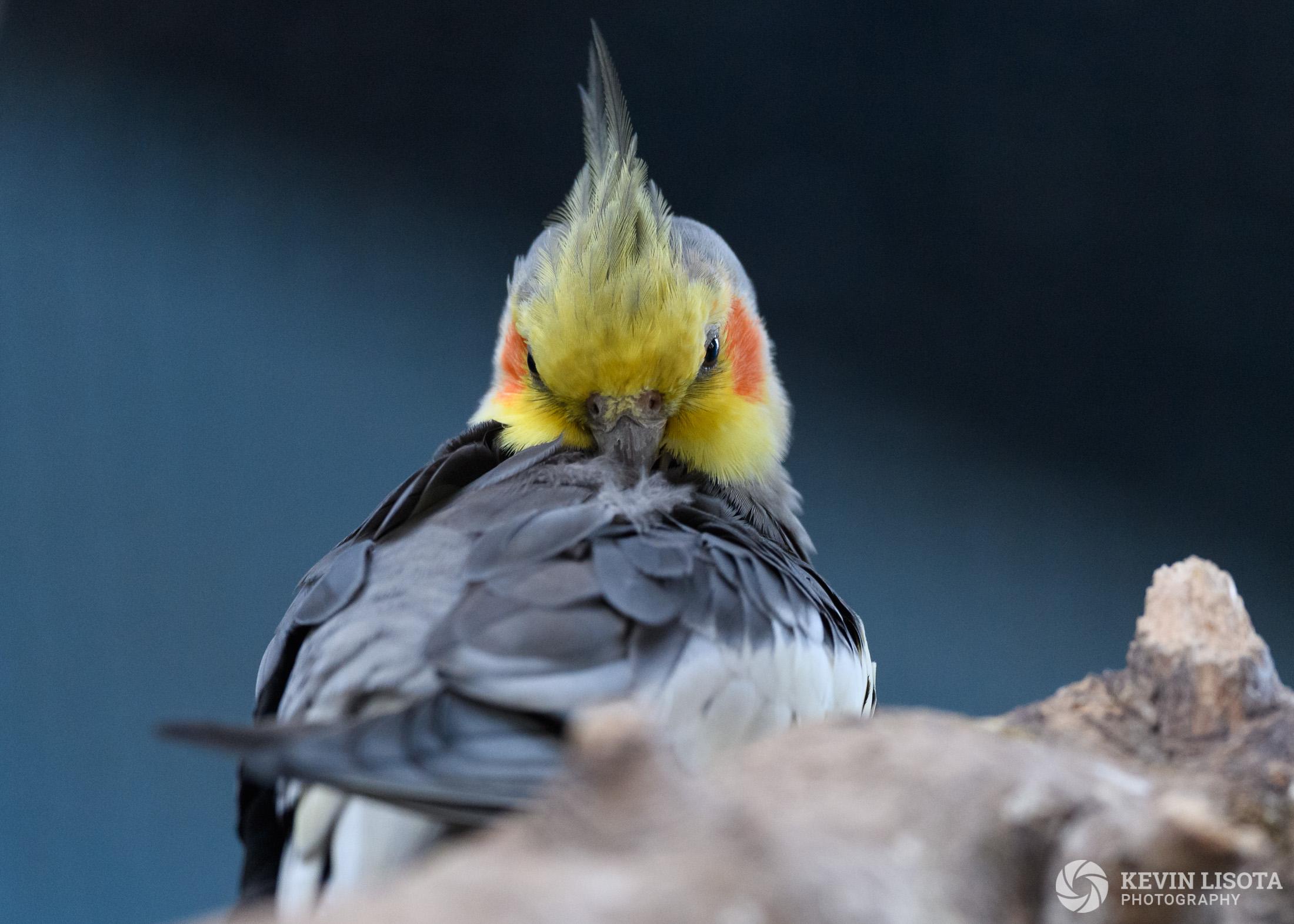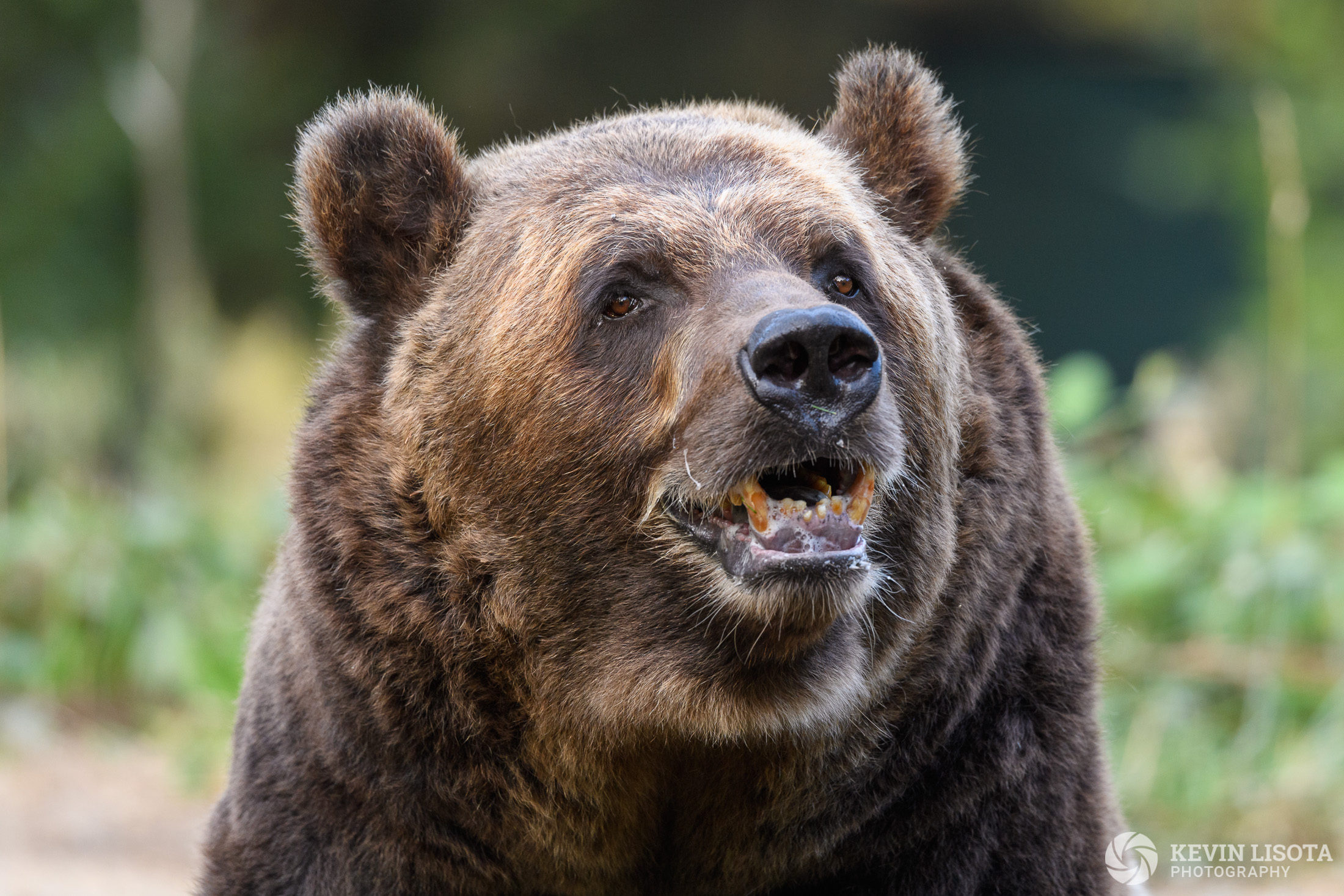
My copy of Nikon’s new 500mm f/5.6E PF telephoto lens arrived yesterday. Since wildlife photography is one of the primary uses of this lens, I decided to try it out on some wildlife at the Woodland Park Zoo in Seattle this afternoon. You can also read about my sports shooting test with the 500mm PF lens.
The “PF” in the name of this lens stands for Phase Fresnel. Including a phase fresnel lens element allows this lens to be dramatically smaller and lighter than a typical lens of this focal length. This is the same technology as the tiny AF-S Nikkor 300mm f/4E PF lens.
Size
The 500mm f/5.6E PF is very small, as far as 500mm full-frame lenses go. Here you can see a lineup of the 70-200mm f/2.8E, the 500mm f/5.6E, and the 200-500mm f/5.6E. It is very similar in size to the 70-200mm and smaller than the 200-500mm f/5.6E, especially when that lens is extended.
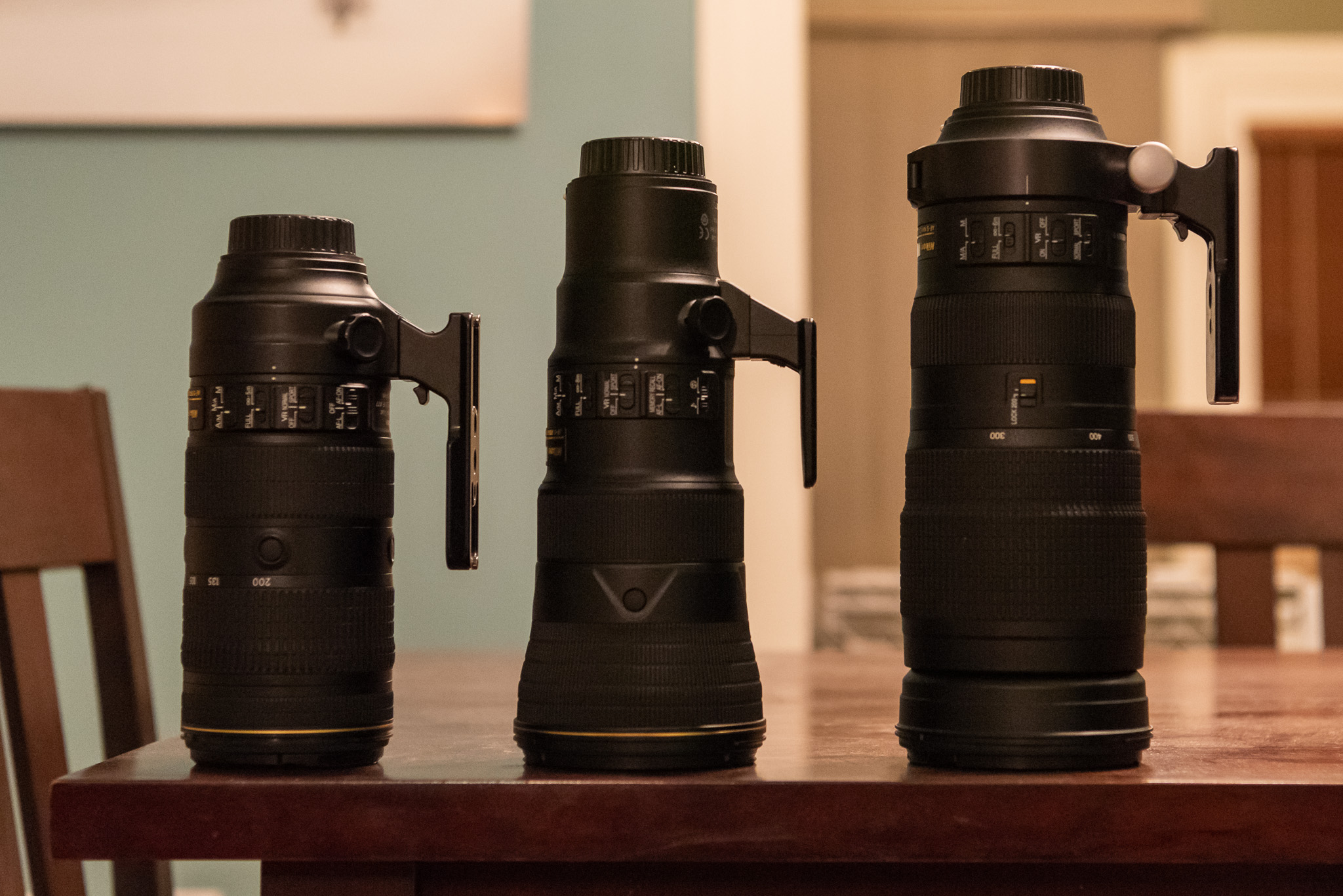
It weighs 3.2 lbs, compared to 3.1 lbs for the 70-200mm f/2.8E and 5 lbs for the 200-500mm f/5.6E. It’s big brother, the Nikkor 500mm f/4E FL ED VR comes in at a hefty 6.8 lbs in comparison.
Handling
The handling of the lens is very similar to carrying a 70-200mm f/2.8 lens. It is easy to carry and handhold, whereas some of its larger siblings can be fatiguing or require a monopod for any significant amount of shooting. It is still ~3 lbs, so you will feel it on your shoulders if you carry it around for an extended period, like a 70-200mm f/2.8 lens.
I own the Nikon 200-400mm f/4G VR II lens, and the 200-500mm f/5.6E lens and have frequently rented the 500mm f/4E FL super-telephoto. This is certainly the lightest and easiest super-telephoto to put in a backpack and carry for any length of time. The 200-500mm f/5.6E is bulkier, though it does offer more focal length flexibility depending on your subject matter.
VR & focus
During my trial today, focus acquisition was good in both strong daylight and poor indoor light. My first impression is that the focus acquisition time seemed faster than the 200-500mm, though somewhat slower than the much larger and more expensive 500mm f/4E. Once acquired, focus tracking was good. I have not yet had the chance to test faster action like sports or birds in flight.
Like other modern Nikon lenses, it supports a Normal and Sport mode for vibration reduction(VR), with Sport mode meant for panning shots. The zoo animals today weren’t moving very fast, and I stuck with the Normal VR mode, with some great results at some relatively slow shutter speeds, as you can see in these images of the warty pig, rhino, and cockatiel.
Sharpness
The 500mm f/5.6E PF seems very sharp, with excellent results on animal fur and feathers in today’s test. I also found the bokeh and depth-of-field separation pleasing at f/5.6. Below is a collection of images are varying shutter speeds and lighting conditions.
You can also visit my gallery of full-resolution images from today’s zoo animal shoot if you want to see or download more detailed results for yourself.
